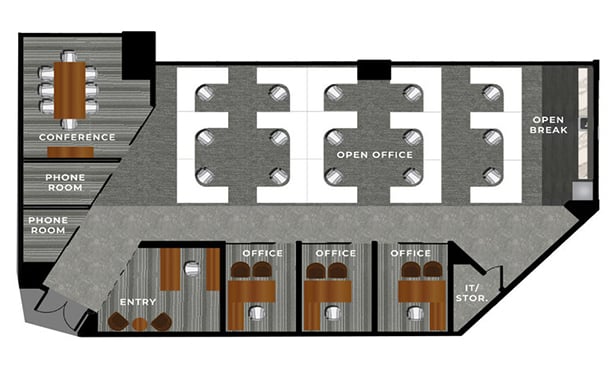HOUSTON—Throughout time, floods have altered the floodplain landscape. In addition, people have been historically attracted to bodies of water as places for living, industry, commerce and recreation. During early settlements, floodplains provided fertile soils for prime agricultural lands. Settlements emerged along rivers and other waterways for water and food supply, and access to transportation and recreational pursuits.
With population growth came a push to develop into new areas. Due to those prime scenic and navigable locations, some coastal shoreline floodplains were developed for residential communities, commercial and recreational harbors, and tourism enterprises.
Consequently, development has altered floodplains and the dynamics of flooding in many floodplain communities, resulting in damage and destruction to buildings and community infrastructure by periodic flooding. These areas are continuously shaped by the forces of water either eroded or built up through the deposit of sediment, according to VC Flood Info.
Recommended For You
Want to continue reading?
Become a Free ALM Digital Reader.
Once you are an ALM Digital Member, you’ll receive:
- Breaking commercial real estate news and analysis, on-site and via our newsletters and custom alerts
- Educational webcasts, white papers, and ebooks from industry thought leaders
- Critical coverage of the property casualty insurance and financial advisory markets on our other ALM sites, PropertyCasualty360 and ThinkAdvisor
Already have an account? Sign In Now
*May exclude premium content© 2025 ALM Global, LLC, All Rights Reserved. Request academic re-use from www.copyright.com. All other uses, submit a request to [email protected]. For more information visit Asset & Logo Licensing.









